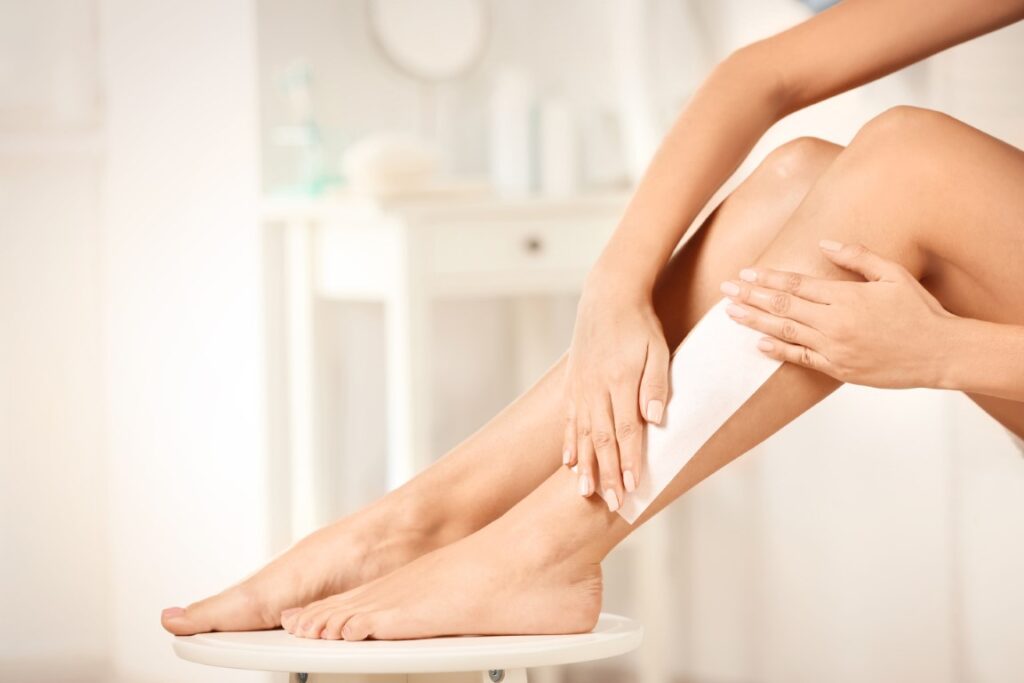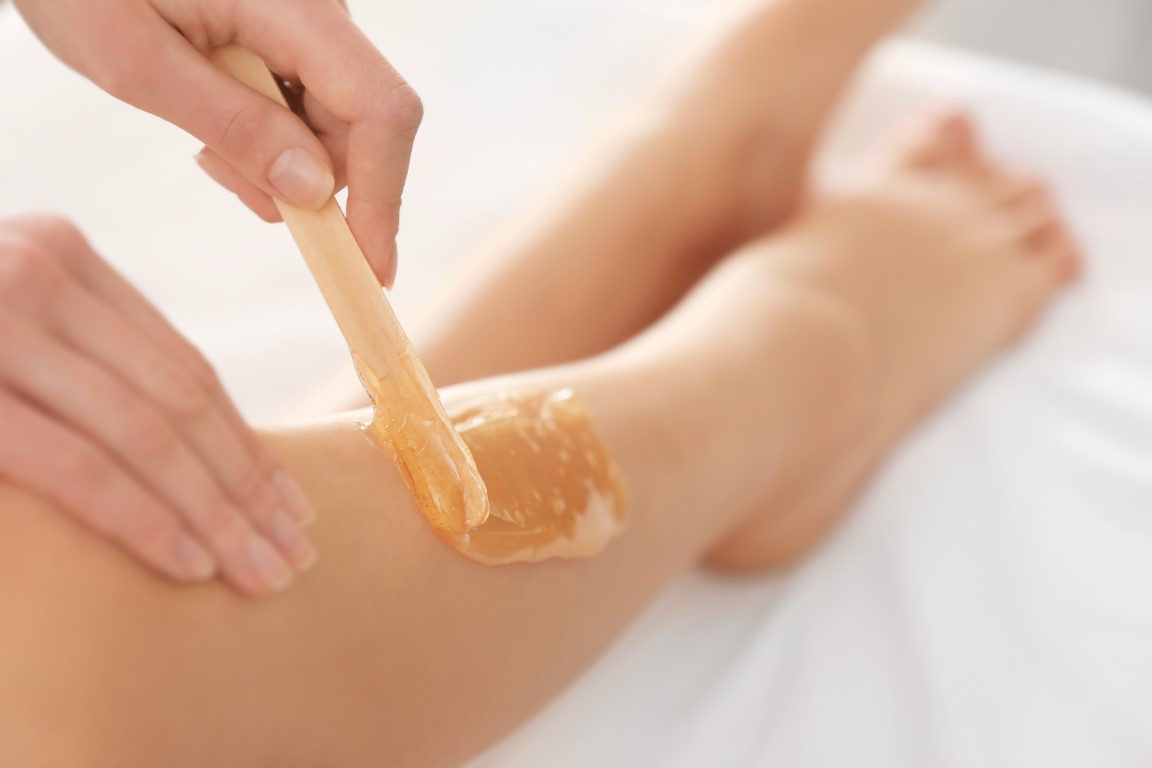We’re all DIY beauty queens thanks to quarantine, but certain techniques are trickier to do than others. And waxing oneself is a good illustration of this. Some of you have snatched up razors in desperation, while others have allowed that body hair to grow out carelessly. But let’s face it, shaving is quick, simple, and painless, but it doesn’t really remove hair from the roots, so your work won’t last very long.
How To Prep For The Process?
- Before becoming stuck, there are a few simple actions you may take to make the process much more comfortable and less unpleasant. Test out these recommendations.
- Buy the right thing. Cold wax strips are perfect for legs, whereas hot wax kits grasp the hair better and suit coarse, pubic hair. You may need to experiment to find what works for you because some people enjoy hot pits while others prefer cold ones.

- Scrub-a-dub-dub. About 24 to 48 hours before your scheduled wax, use a body scrub, brush, or loofah to exfoliate the region that will be waxed. Exfoliating softens and smooths skin while removing the dead skin cells that surround hair follicles. This lessens the chance of unpleasant ingrown hairs.
- Prepare your nail clippers. Trim any longer places because longer hair might be painful to wax.
- Shower or take a bath. The hair follicles will be more easily removed if you take a warm bath before waxing. Additionally, this is your chance to cleanse your skin and get rid of any hazardous bacteria, perspiration, oil, dirt, or anything else that can prevent wax from sticking and raise your risk of getting uncomfortable lumps that are infected.
- Additionally, here is your chance to wash your skin and get rid of any dirt, sweat, oil, or harmful bacteria that can prevent wax from sticking and raise your risk of getting sore, sore bumps.
- Leave the creams and potions behind. Avoid using deodorants or moisturizers on the region you are waxing.
- Dry your skin completely because wax won’t adhere to wet hair.
Process of Waxing
1. Ensure proper consistency
Make sure the consistency of any hot wax you use is correct. The wax won’t pull out all the hair if it is too cold since it will be thick and difficult to spread. It will probably be runny, useless, and maybe burn you if it’s too hot. It should appear and feel like honey, so judge by appearance.
2. Properly apply the wax
Never forget to apply wax against the direction of hair growth.

3. Veer off in the other direction.
This guarantees that the hair is correctly removed from the root. Keep moving quickly; the quicker you remove the strip, the less painful it will be. To lessen any discomfort, stretch and maintain taut skin.
4. Request support
When waxing at your home for the first time, you might wish to ask for assistance when there are tight corners you can’t get to. If you need assistance, especially for places like the bikini line, wait it out and let the professionals handle it.
Post wax Care
1. After washing your skin, calm it down.
Use cool water to wash away any waxy residue, then apply a calming gel or moisturizer to relax the skin and stop any bumps and rashes from forming.
2. Avoid going too far
Avoid waxing the same area more than once or twice in one session as this might traumatize the skin and cause rashes. If necessary, use tweezers to remove obstinate hair.
3. Use good timing.
Avoid scheduling this around your menstruation because your body is more susceptible to pain a few days before it arrives.
4. Observe your hair’s growth between appointments.
You must keep in mind that your hair should not be either long or too short during waxing. For the hair to adhere to the wax better and come out from the root without any undesirable breakage, it is advisable to wait two to three weeks between waxing sessions. An easy, albeit occasionally unpleasant, approach to getting rid of unsightly body hair is to wax oneself at home. DIY waxing is a possibility, but you will need to take some simple safety precautions and put in some preparation work to prevent painful mistakes, injuries, or infections.

